What building is on the back of Vietnam’s 50VND commemorative banknote?
In 2001, more than 22 years ago, the State Bank of Vietnam circulated commemorative banknotes made of polymer material to commemorate the 50th anniversary of the Bank’s founding.
As usual, the front of the bill has a portrait of the leader – President Ho Chi Minh. He is the founder of modern Vietnam and liberated the Vietnamese people from French colonialism.
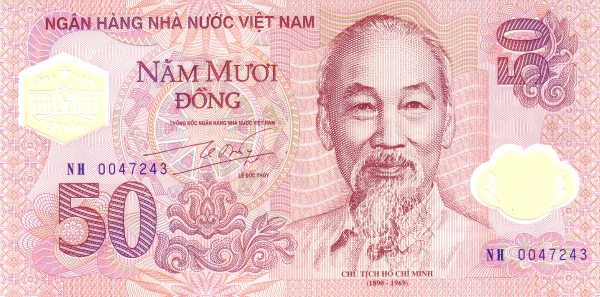
The back of the banknote has a picture of the building – the headquarters of the State Bank of Vietnam. It is known that this project has not only political but also historical elements because it was built by France hundreds of years ago.
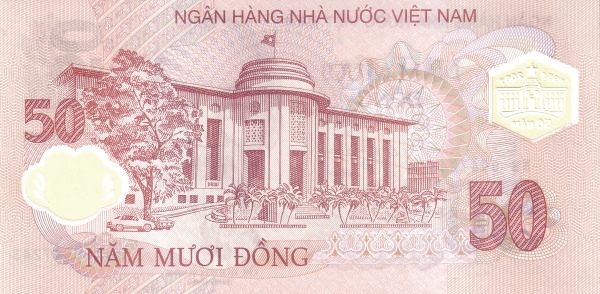
The headquarters of the State Bank of Vietnam on the banks of Hoan Kiem Lake (Hanoi) today, started as the Hanoi Branch of the Bank of Indochina (Banque de l’Indochine) established on January 21, 1875, in Paris ( France) to issue banknotes and coins to French colonies in Asia and manage French economic interests in the Far East… During French Vietnam, this was a private bank but operated Acts as a Central Bank with many privileges in Indochina in particular and some Asian countries in general.
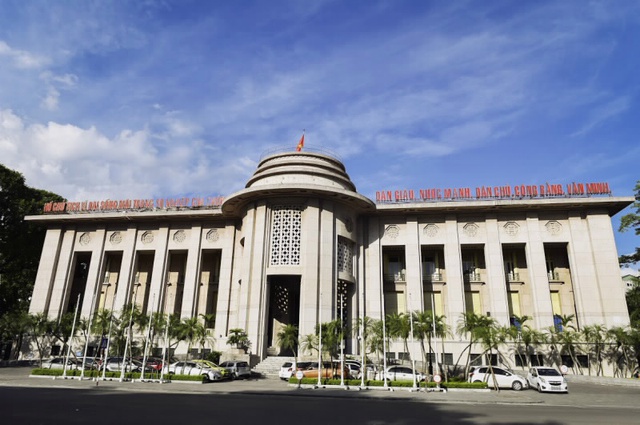
According to wikipedia.org, the first two branches in Vietnam of Indochina Bank were opened in Saigon and Hai Phong in 1885. The branch in Hanoi was opened in 1887.
Since 1951, the task of issuing banknotes has been transferred to the Institute of Issuing Vietnam, Cambodia, and Laos (Institut d’Emission des Etats du Cambodge, du Laos et du Vietnam). After 1953 in Vietnam, branches of Indochina Bank were dissolved. In 1955, the facilities of the branch in Saigon were handed over to the National Bank of Vietnam (ie the Central Bank of the Republic of Vietnam). The deal was divided between Vietnam Thuong Tin Bank and Phap A Bank.
Although absent from Vietnam after 1953, Indochina Bank re-opened in 1958 in other parts of Asia. In 1975, it merged with Banque de Suez et de L’Union des Mines with a new name: Banque Indosuez, and in 2001, merged into Alliance Banking Group, main operations in Malaysia.
The facilities of two branches of Indochina Bank in Hanoi and Hai Phong were confiscated by the State of the Democratic Republic of Vietnam after taking over the capital on October 10, 1954. Since then, the Hanoi branch has become the headquarters of the National Bank (Democratic Republic of Vietnam) and the State Bank of the Socialist Republic of Vietnam today.
Many people originated from or grew up in, Hanoi and know very well where the State Bank of Vietnam (also known as Indochina Bank) is, but with its majestic and massive architectural appearance, it is very different from other places. Many contemporary architectural works make us feel both familiar and strange.
Based on the few pages of documents, we can also imagine a few key features: when imposing domination over all of Indochina, the French realized Hanoi’s prime position in this territory. So right from the 19th century, there was an intention to turn this place into the capital of French Indochina.
This idea was initiated by Governor General Paul Bert and began to be implemented in 1884 with the planning of Hanoi’s administrative center designed by Montalember. The basic idea of this plan is to create a centralized administrative area based on buildings surrounding a green space axis placed perpendicular to Hoan Kiem Lake (now Ly Thai To Flower Garden).
The five architectural works here include the Governor’s Office and Treasury in the North, the Post Office and the Governor’s Palace in the South, and finally the Indochina Bank headquarters, ending the green space axis to the East. These works were designed under the direction of engineer Getten, head of the Public Works Department, so they have a typical general form, rectangular ground with surrounding corridors, and simple decorative details. However, these architectural works combined with the green space of the flower garden named after Paul Bert at that time created an overall beautiful and harmonious administrative center with the Hoan Kiem Lake area.
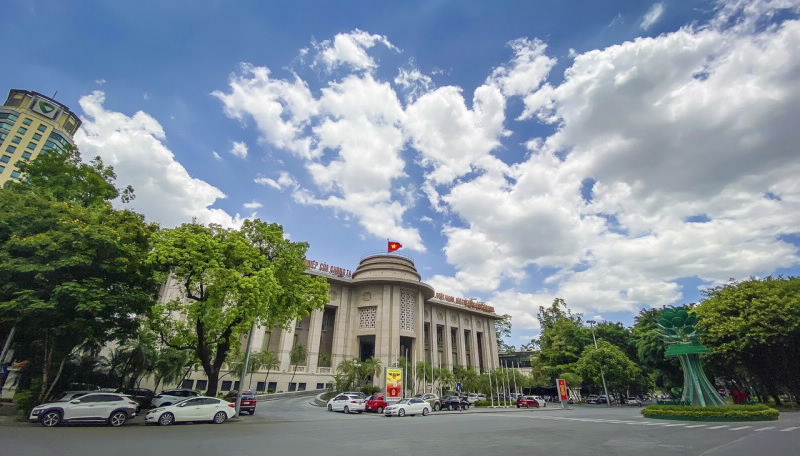
This can be seen as an architectural trend combining Eastern and Western cultures, between indigenous and national cultures. Experts classify it as an “Art Deco architectural style” (minimalist, modern form, function suitable for tropical climate).
Located at the center of the intersection of 5 major boulevards at that time, the Indochina Bank project alone created a prominent urban highlight.
According to the design, this is a building with a completely symmetrical cubic structure, the space spreads horizontally, emphasizing the central lobby block with a path leading to the main door, on both sides of the building are Separate entrance and exit doors, typical of bank currency storage areas.
Asian decorative motifs are widely used. The building’s facade is decorated with seals and octagonal patterns that are very popular in ancient Vietnamese communal houses and pagoda architecture. These shapes are also repeated many times. along the façade surrounding the building.
With such a special location and majestic appearance, the State Bank of Vietnam building not only deserved to be chosen as the headquarters of the banking industry for many years in the 70s and 80s of the last century. , the main lobby is also known as “Bank Square”, where state-level ceremonies to welcome heads of many countries around the world are held.
From October 10, 1954, until now, the headquarters of the State Bank of Vietnam has been used as the headquarters of the banking industry, with the role of the Central Bank of the Socialist Republic of Vietnam, Carrying out the function of State management of currency and banking activities; is a bank that issues money, a bank of credit institutions and a bank that provides monetary services to the Government.
Vietnam Commemorative 50 Dong Banknote 2001 UNC For Sale: Here

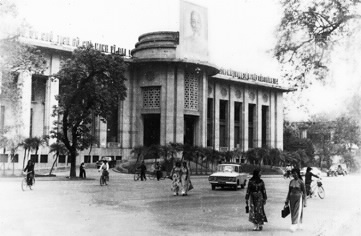
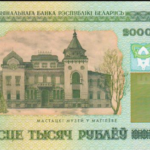
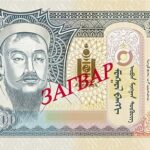
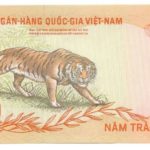
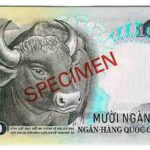
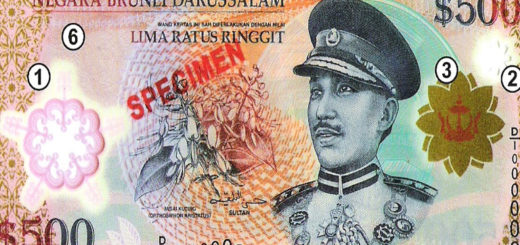







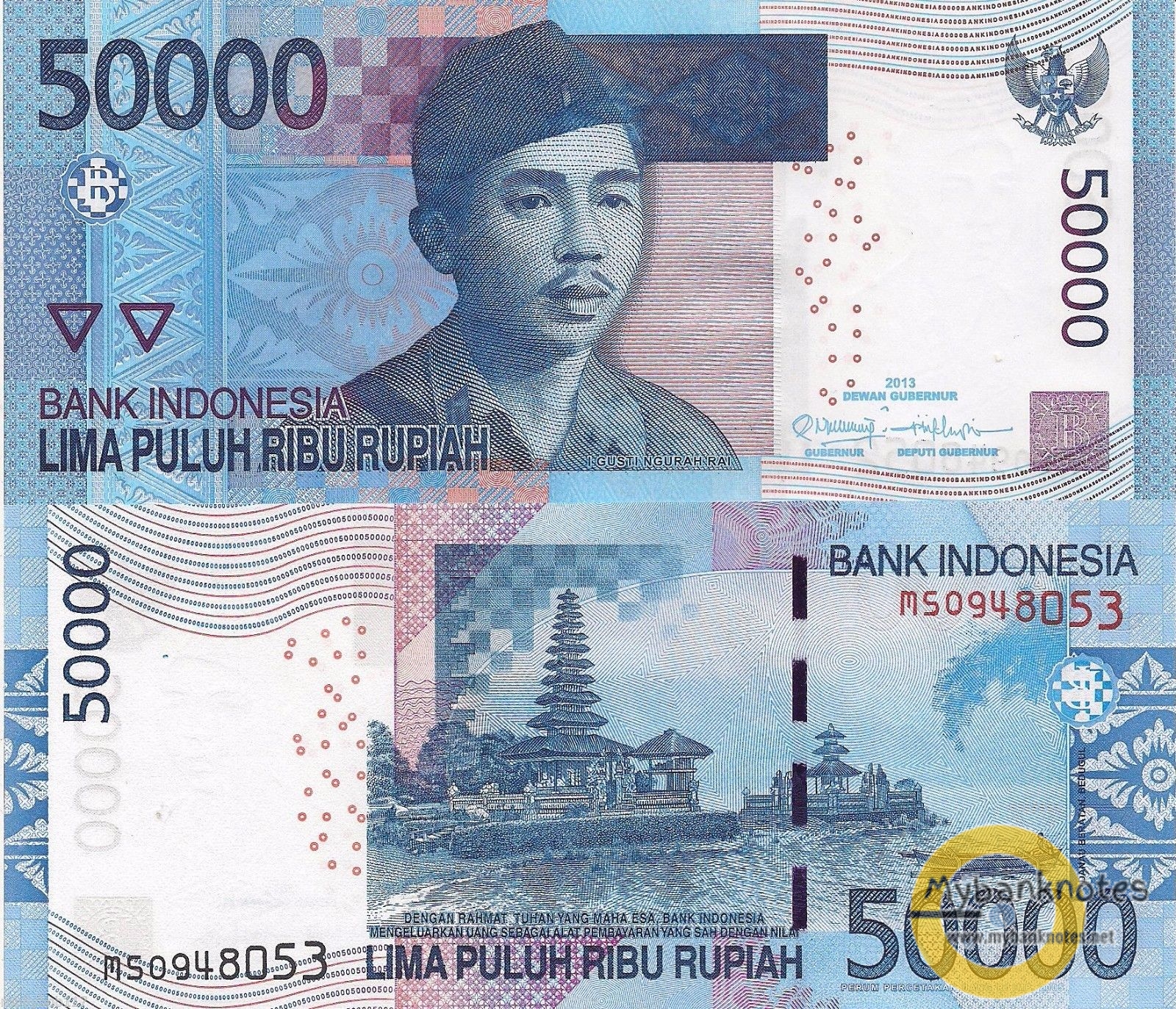
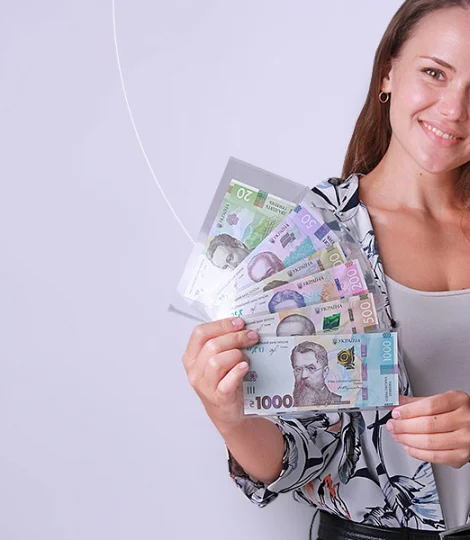
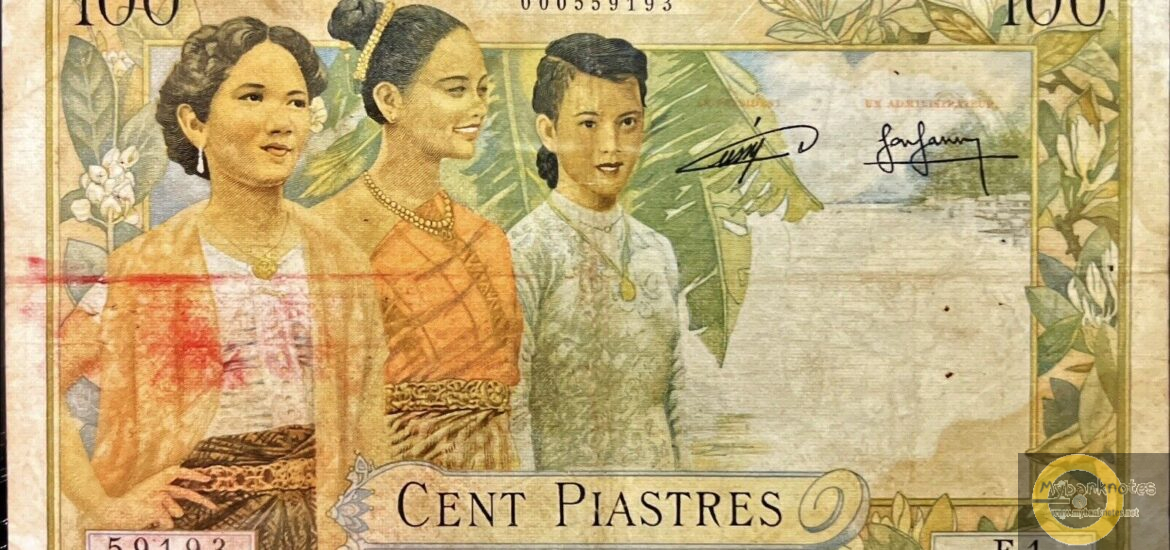
Interesting about this project. Thank you for your article about it. The building looks very majestic and large. Although it was built hundreds of years ago, it still exists today.
This is one of the bills I’m missing from my collection. It seems that after 20 years, the price of banknotes has increased a lot. Either way, I need to have it for myself.
I’m about to have a trip to Hanoi. Can I visit this place because I want to take pictures with it. I also have this bill in my collection, it is truly amazing.